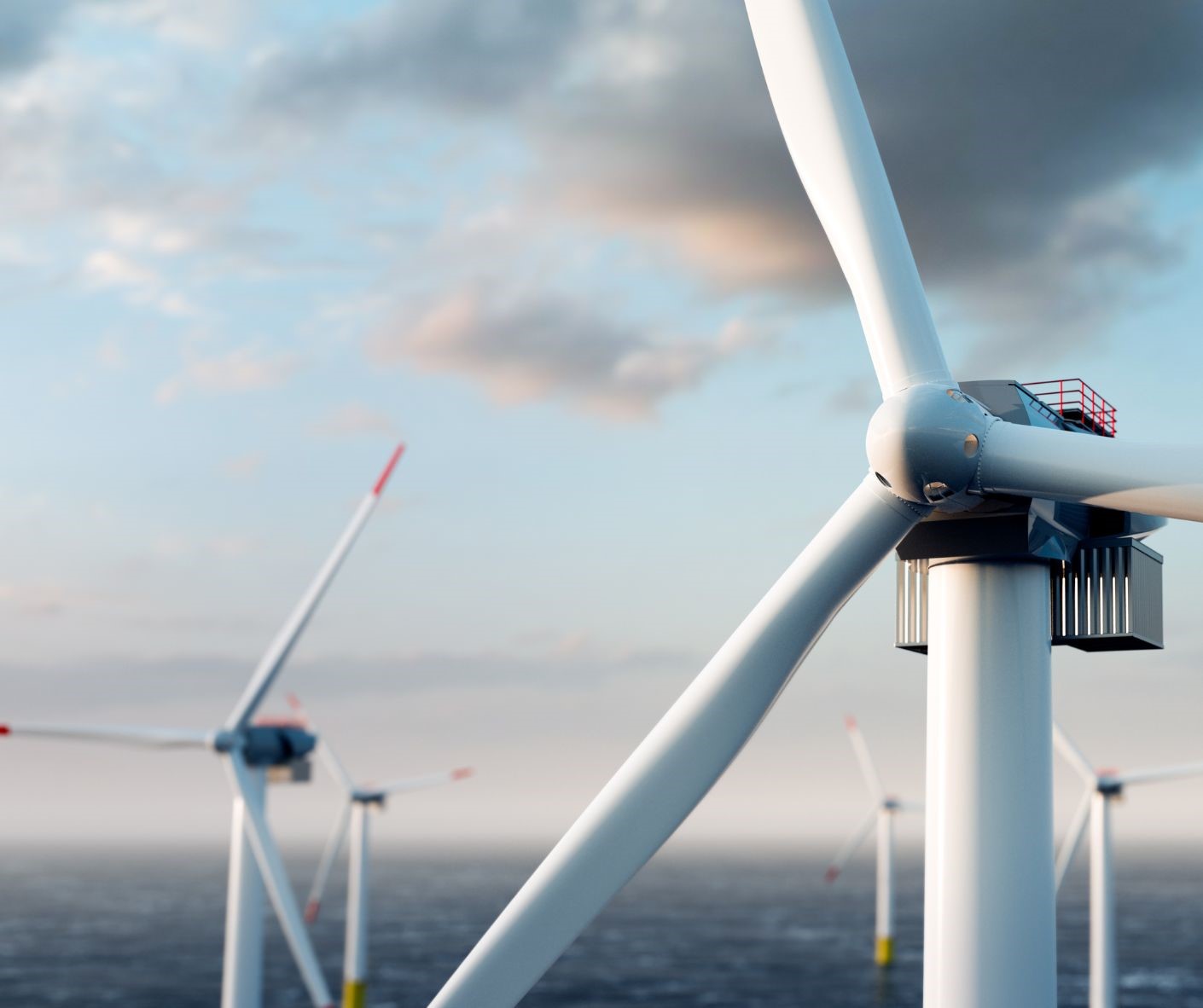UK wind power generation reaches new levels - but cabling is a barrier
12 January 2024

12 January 2024

Last year, almost a third of Britain’s energy came from wind farms while recent storms have seen levels peak, with more than half of the UK’s electricity come from wind.
According to the National Grid Electricity System Operator (ESO), the UK achieved a wind energy record amidst Storm Pia in December, generating 21.8GW of clean electricity between 8:00am and 8:30am on December 21st, equating to 56 per cent of the UK’s electricity during that time.
The ESO revealed further data on Tuesday 9 January showing that wind accounted for 29.4 per cent of the UK’s total electricity generation mix in 2023. This figure is creeping closer to gas which accounted for 32 per cent of the energy mix, highlighting the potential for wind to overtake gas as an energy source in the UK.
Despite recent progress for wind power, the sector is still facing inefficiencies and barriers which inhibit its potential. Notably, no new plans for onshore wind projects have been accepted in England since the government lifted the de facto ban in September 2023.
Even though a policy introduced in 2015 by David Cameron allowing onshore wind projects to be stopped by a single objection have been reversed, wind energy projects still face significant infrastructure barriers. A Carbon Brief analysis has suggested that 7GW of wind energy could have been built if the rules proposed in 2015, which came into effect in 2017, had never been approved. The impact of this opportunity could have reduced energy bills by £182 per household between July 2022 and June 2023.
Further analysis by Carbon Tracker has predicted that the cost of wasted wind power could add £150 to household energy bills by 2026. The reason for this wasted energy has been cited as a bottleneck in transmission between Scotland, where around half of the UK’s onshore wind farms are located, and England where, particularly in the South-East, most of this energy is used.
"The problem is, there are not enough cables. The logical solution would be to build more grid infrastructure," said Lorenzo Sani, analyst at Carbon Tracker.
"We need to move from an antiquated grid which wastes power to one that's fit for purpose in the 21st Century as fast as possible," said Barnaby Wharton, RenewableUK's director of future electricity systems.
Historically, it has taken 10 to 15 years for new transmission cables to be approved, a major obstacle for the wind energy sector as wind generation capacity in Scotland is anticipated to quadruple by 2030, while new cabling, under current plans, doesn’t appear ready to adapt with this transition.
Share